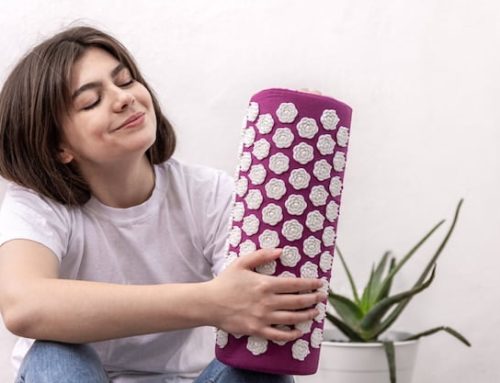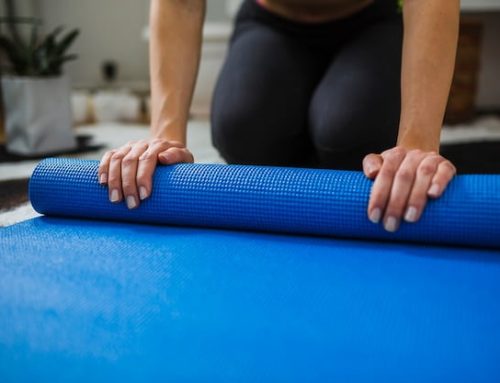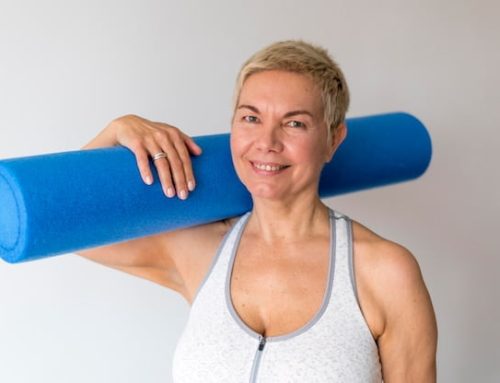What is foam rolling?
Foam rolling, also known as self-myofascial release, is a technique that involves using a foam roller to release tension and tightness in muscles. It involves applying pressure to specific points in the body to help break up knots and adhesions, which can cause pain and discomfort. Foam rolling has become increasingly popular in recent years as a way to improve mobility, flexibility, and overall physical performance.
How does foam rolling work?
Foam rolling works by applying pressure to specific areas of the body, which helps to break up knots and adhesions in the muscles. When we exercise, our muscles can become tight and tense, which can cause pain and discomfort. Foam rolling helps to release this tension and promote healing by increasing blood flow to the affected areas. By breaking up knots and adhesions, foam rolling can also help to improve range of motion and mobility, which can be particularly beneficial for athletes and fitness enthusiasts.
Benefits of foam rolling
There are numerous benefits to foam rolling, including:
- Improved mobility and flexibility
- Reduced muscle soreness and stiffness
- Increased range of motion
- Enhanced physical performance
- Reduced risk of injury
How to foam roll
To foam roll effectively, you should follow these steps:
- Choose a foam roller that is appropriate for your body size and shape.
- Lie on the foam roller with the affected area of your body placed on top of it.
- Apply pressure to the affected area by rolling back and forth over it.
- Target specific areas of the body where you feel tightness or tension.
- Roll over each spot for 30-60 seconds.
- Breathe deeply and relax as you roll.
- Repeat on other areas of the body as needed.
When to foam roll
Foam rolling can be done at any time, but it is most effective when done after a workout or physical activity. This is because foam rolling helps to release tension and improve blood flow to the muscles, which can aid in recovery and reduce muscle soreness. However, foam rolling can also be done as a standalone activity to help maintain mobility and flexibility.
Types of foam rollers
There are several different types of foam rollers to choose from, including:
| Type of Foam Roller | Description |
|---|---|
| High-density foam roller | A firm, dense roller that is ideal for intense workouts or people with a lot of muscle tension. |
| Low-density foam roller | A softer, less dense roller that is ideal for beginners or people with lower levels of muscle tension. |
| Textured foam roller | A roller with grooves or bumps that help to provide a deeper massage and more targeted pressure. |
Precautions when foam rolling
While foam rolling can be a safe and effective way to release tension and improve mobility, there are some precautions you should take:
- Avoid foam rolling over bones or joints.
- Do not roll over an area that is already injured or painful.
- Avoid foam rolling if you have a medical condition that affects your muscles or nerves.
- Start slowly and gradually increase the duration and intensity of your foam rolling sessions.
In conclusion
Foam rolling can be an effective way to release tension, improve mobility, and reduce muscle soreness. By using a foam roller and applying pressure to specific areas of the body, you can break up knots and adhesions, increase blood flow, and enhance physical performance. By following the proper techniques and precautions, you can enjoy the benefits of foam rolling safely and effectively.






